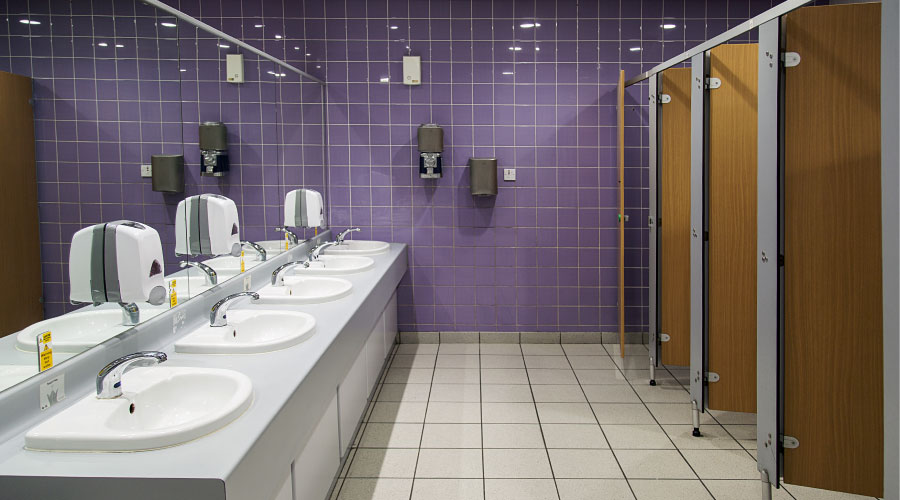Effective Water Management Plans To Address Legionnaires'
Strategies and tactics to protect occupants from the health threat lurking in facility water systems
ASHRAE Standard 188, Legionellosis: Risk Management for Building Water Systems, establishes minimum Legionellosis risk-management requirements for the design, operation, maintenance, repair, replacement, and expansion of new and existing buildings and their associated potable and nonpotable water systems and components. The standard applies to human-occupied commercial, institutional and industrial buildings.
The standard also requires that facilities establish a water management team (WMT) that includes executive leadership, facility management, and infection prevention. The WMT also might include representatives from other departments. The WMT’s job is to create a water management plan, ensure the plan is properly implemented and maintained, and provide direction when potential epidemiological issues arise.
The team likely will need to enlist the aid of design engineers, infection preventionists, and others with waterborne pathogen expertise. The plan needs to include a map of the facility water systems, including sources, equipment, use points, and areas where at-risk occupants might be exposed to aerosolized water.
The WMT needs to identify control locations — spots within the system map at which conditions are likely to result in pathogen growth and exposure to at-risk occupants. ASHRAE 188 includes many more details on information to include in the water system map and ways to identify the risks.
Once the team establishes control locations, the next step is to decide on control limits for each location. These might include a variety of parameters, such as water temperature, disinfectant concentrations, and pathogen concentrations. The WMT establishes the way the control locations are tested, the testing schedule, and a plan of action if the control limits are exceeded.
Since some pathogens are common at low levels and do not pose a significant risk, the control limits help ensure the WMT does not overreact to test results that do not pose a significant risk. Through ongoing monitoring the control points, the facility will develop a baseline from which deviations will be easier to notice and interpret.
When control limits are exceeded, the team might implement a one-time intervention, such as isolating and disinfecting a single faucet or a small area of piping. They also might instead implement a regular maintenance activity, such as on-site supplemental disinfection, regular flushing of sections of the piping system, or adding point-of-use filters to problem fixtures. The process of developing the WMP and monitoring the control points also probably will inform planning of regular maintenance as technicians identify problem areas. Ultimately, the health of facility water systems should improve, and maintenance staff can focus on their regular tasks.
Brian Hageman, LEED AP, is an associate principal and plumbing discipline lead for Mazzetti, www.mazzetti.com. He has more than 25 years of experience in plumbing system design.
Related Topics:
















